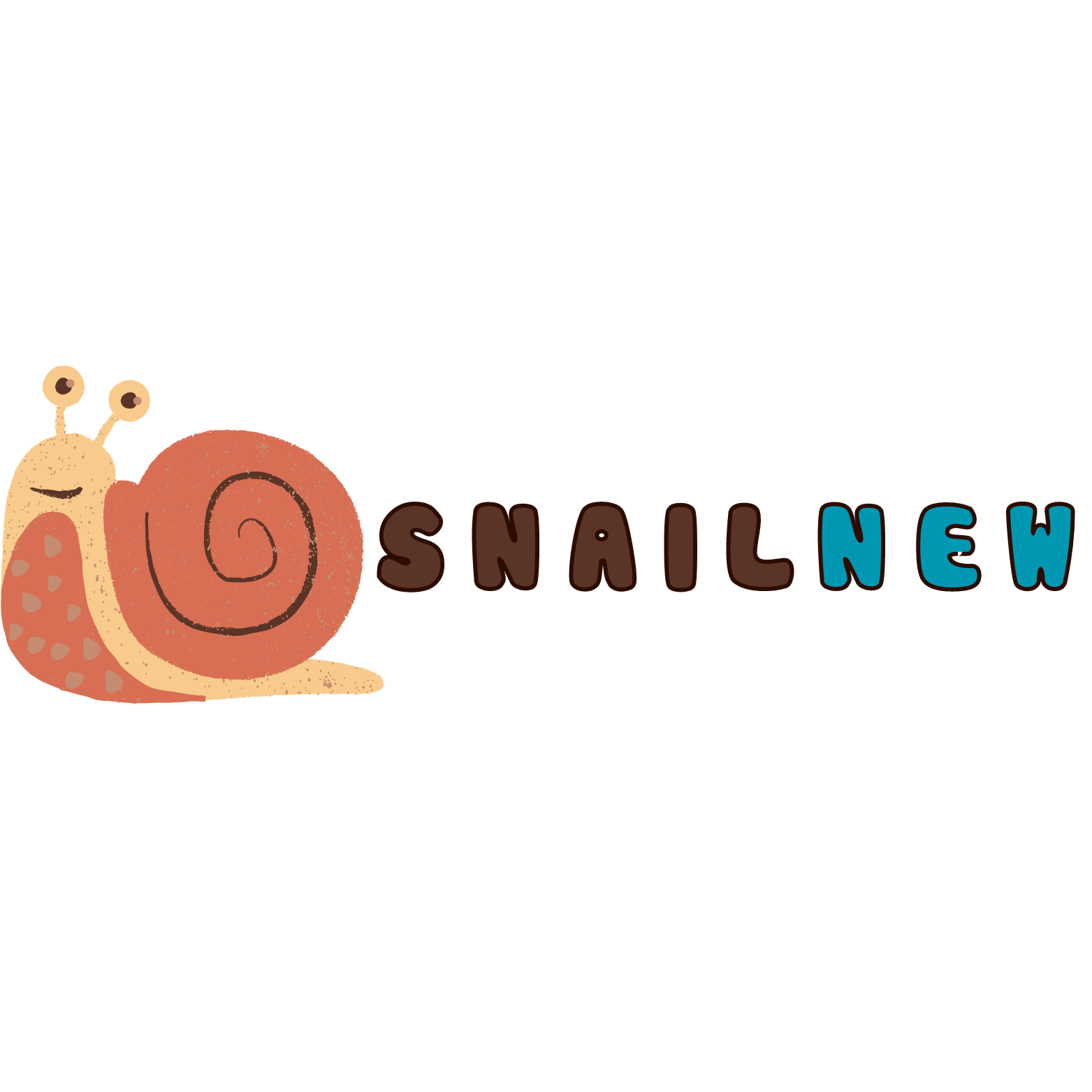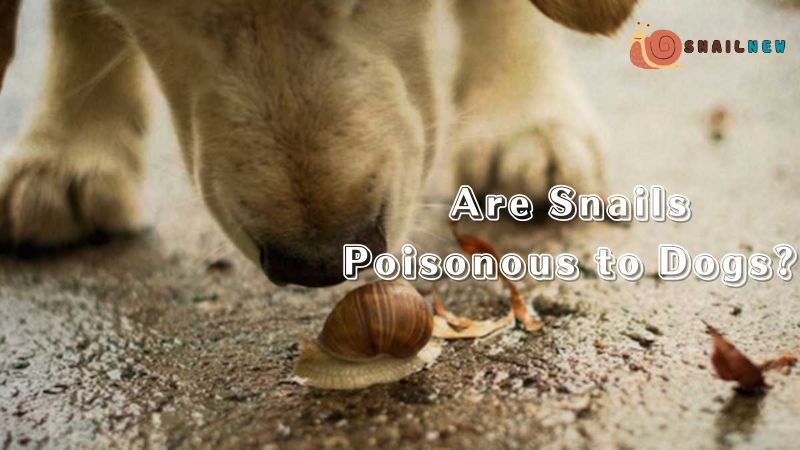In the intricate tapestry of pet care, one thread often overlooked is the potential hazards posed by seemingly innocuous garden denizens. Among the myriad concerns that arise, a query frequently surfaces: “Are snails poisonous to dogs?” This inquiry reflects a valid apprehension regarding the well-being of our canine companions in the presence of commonplace garden inhabitants like snails. In this exhaustive exploration, Snailnew embark on a journey to unravel the complexities of this question, delving deep into the multifaceted risks associated with snail exposure for dogs.
Table of Contents
ToggleUnderstanding the Risks: Are Snails Poisonous to Dogs?
1. Deciphering the Culprits:
Snails, oftentimes perceived as benign inhabitants of our outdoor spaces, harbor concealed dangers that can imperil the health of our canine companions. While not inherently venomous, select species of snails serve as vectors for parasites and toxins that can prove deleterious if ingested by dogs. Thus, the recurring inquiry, “Are snails poisonous to dogs?” serves as a clarion call for pet owners to discern and mitigate potential risks.
2. Parasitic Predicaments:
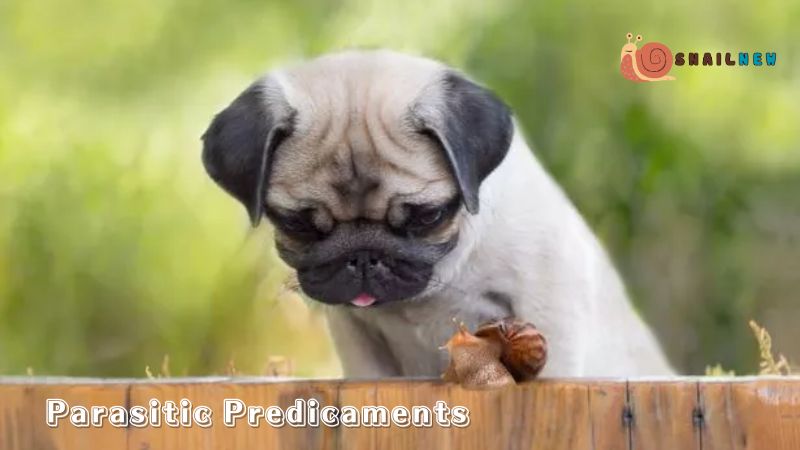
Foremost among the concerns associated with snail exposure for dogs is the transmission of parasitic organisms. Lungworms, endemic to certain species of snails, pose a formidable threat to canine health. The ingestion of infected snails can introduce these parasitic invaders into the canine gastrointestinal tract, culminating in a spectrum of debilitating ailments. From respiratory distress to neurological aberrations, the ramifications of lungworm infestation underscore the gravity of the question: Are snails poisonous to dogs?
3. Manifestations of Parasitic Infestation:
Detecting the insidious presence of lungworms within canine hosts necessitates a keen eye and astute observation on the part of pet owners. Symptoms indicative of parasitic infestation include persistent coughing, labored breathing, lethargy, and in severe cases, neurological dysfunction. The timely recognition of these clinical manifestations is pivotal in facilitating prompt intervention and mitigating the progression of parasitic afflictions. Thus, the question regarding snail toxicity transcends mere conjecture, assuming tangible significance in the realm of canine health management.
4. Toxicological Trepidations:
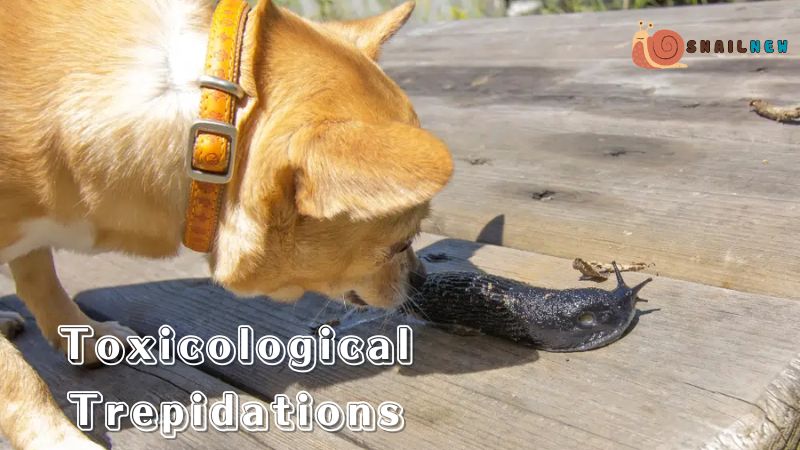
Apart from the risk of parasitic transmission, certain snail and slug species generate toxins capable of eliciting adverse physiological reactions in dogs. Though not usually fatal, these toxins can induce gastrointestinal discomfort and other harmful effects when ingested. Thus, the query regarding the poisonous nature of snails to dogs encompasses not only concerns about parasitic infestations but also the potential toxicity of bioactive compounds produced by these gastropod mollusks. Understanding these dual risks is essential for safeguarding canine health and facilitating timely veterinary intervention when necessary.
5. Surveillance and Safeguards:
Given the manifold risks associated with snail exposure, pet owners must remain vigilant in monitoring their canine companions during outdoor excursions. Dogs, renowned for their insatiable curiosity, may inadvertently ingest snails or slugs while exploring their environs. Hence, preemptive measures such as leash restraint and environmental modification are imperative to mitigate the likelihood of snail-related incidents. By exercising prudence and foresight, pet owners can proactively safeguard their dogs against potential hazards.
6. Prophylactic Protocols:
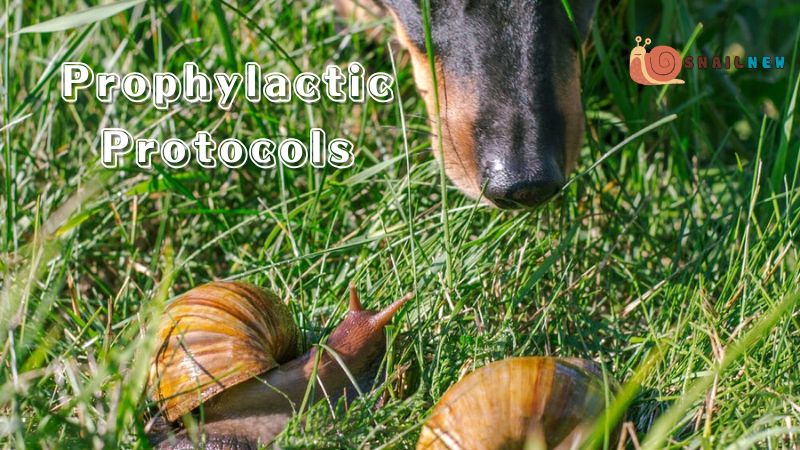
To fortify the defenses against snail-related perils, pet owners can implement an array of prophylactic strategies. These may encompass:
-
- Restricting outdoor access during peak snail activity periods.
- Adhering to meticulous landscaping practices to deter snail infestations.
- Conducting routine inspections of outdoor environments for snail presence.
- Educating dogs through behavioral training to avoid snails and other potential hazards.
By integrating these proactive measures into their regimen, pet owners can attenuate the likelihood of snail-induced mishaps and fortify the well-being of their canine companions.
7. Veterinary Vigilance:
In cases where dogs ingest snails or exhibit symptoms suggesting parasitic infestation or toxicity, prompt veterinary intervention is crucial. Veterinarians employ various diagnostic techniques to determine the severity of snail-induced ailments and prescribe customized treatments accordingly. Timely medical attention plays a pivotal role in alleviating the consequences of snail exposure and facilitating the recovery of affected dogs to optimal health. By swiftly addressing snail-related issues, veterinarians safeguard the well-being of canine companions and ensure their swift return to a healthy and vibrant state.
8. Promoting Public Awareness:
Fostering widespread awareness regarding the hazards posed by snail exposure for dogs is integral to cultivating a culture of responsible pet ownership. By disseminating knowledge pertaining to the potential perils of snails and slugs, pet owners can empower themselves to adopt proactive measures and safeguard their canine companions from harm. Educational initiatives, veterinary outreach endeavors, and community engagement endeavors serve as conduits for disseminating vital information and fostering a collective ethos of pet welfare advocacy.
Conclusion:
In culmination, the inquiry “Are snails poisonous to dogs?” serves as a harbinger of conscientious stewardship in the realm of pet care. While snails themselves may not embody inherent toxicity, the parasites and toxins they harbor can precipitate grave repercussions for canine health if left unchecked. Through vigilance, education, and proactive intervention, pet owners can navigate the labyrinthine landscape of snail-related hazards and ensure the enduring well-being of their cherished canine companions.
